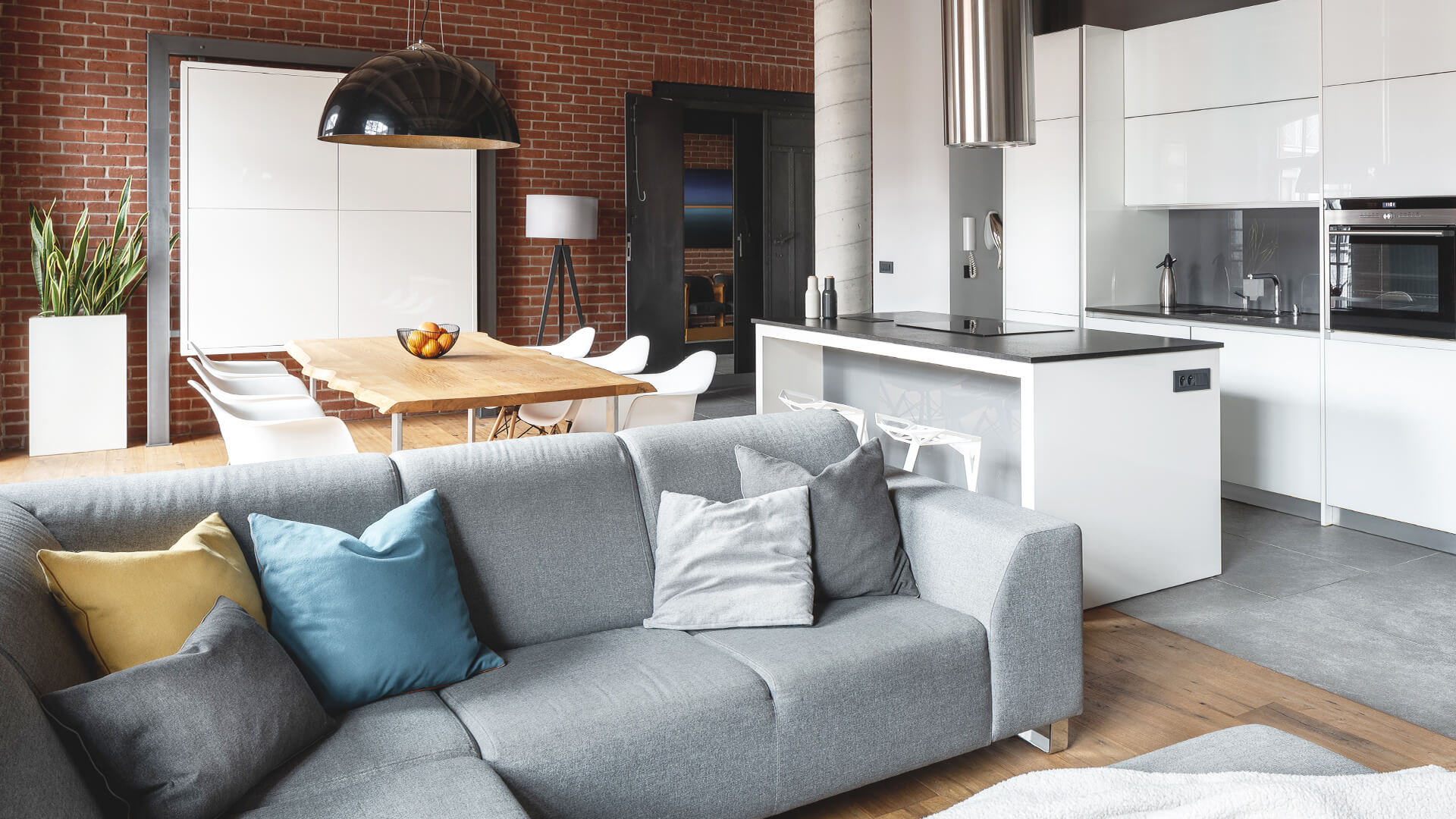By Holly Welles, Construction and Commercial Real Estate Writer and Editor of The Estate Update
All across the globe, people are turning to more simple styles of living. Often, this means downsizing their collection of things as well as the size of their home.
While tiny homes can be affordable, environmentally friendly and simplistic, potential buyers still need to feel that the space is enough to live in. Regardless of square footage, there are several ways builders and designers can create accommodating homes.
1. Vertical Space and Lofts
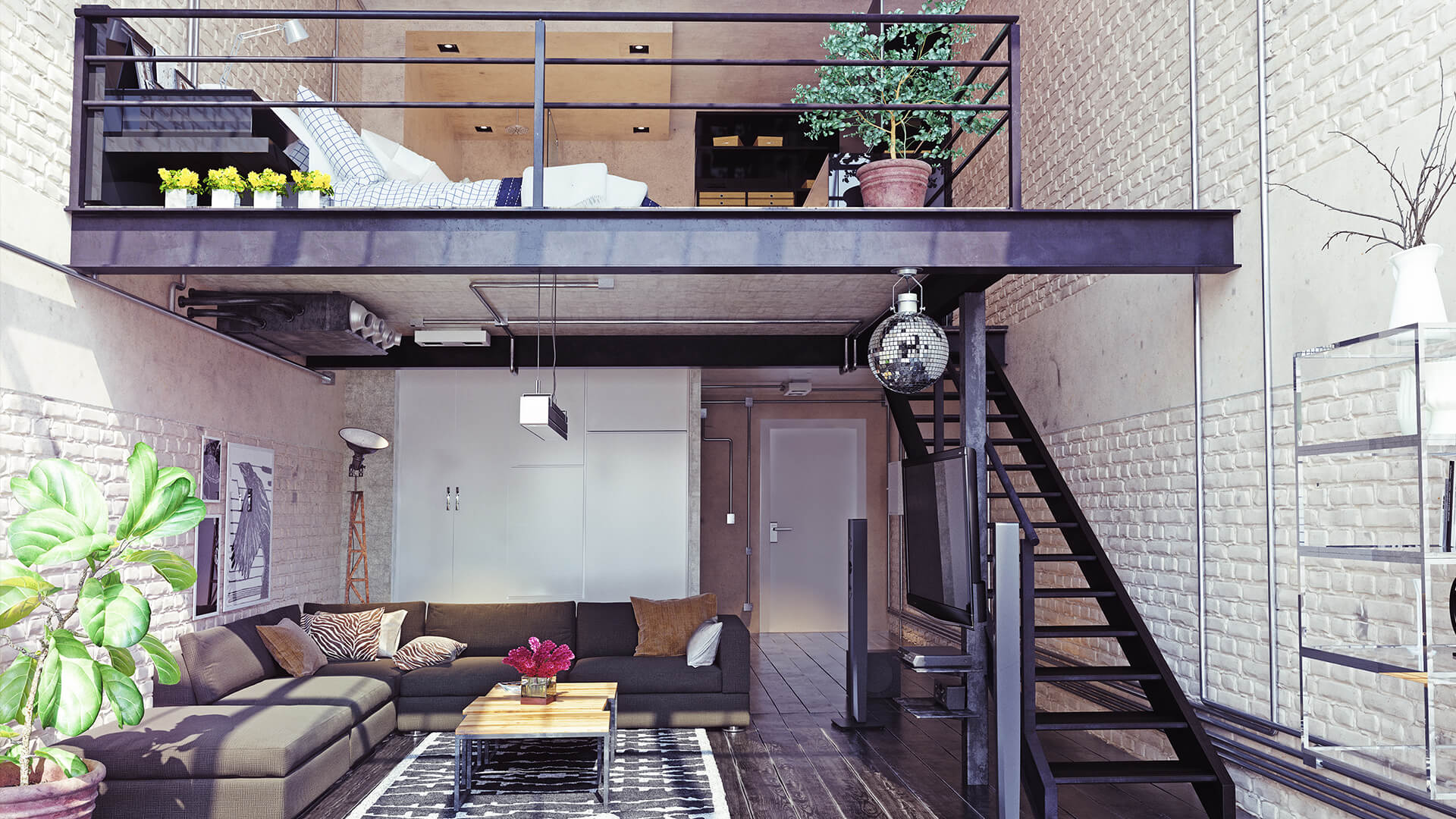
Small homes often come with the advantage of having high ceilings. This allows spaces with limited square footage to still feel large. Homeowners may choose to use this vertical space to hang shelves, lights and hooks.
However, a more vertical space also tends to lend itself well to lofts areas, which residents often use as a bedroom. They might also use a loft as a library, a home office or even a small library. In these cases, designers sacrifice height for more usable square footage.
2. Shared Green Spaces
Some building developers plant small houses side by side, creating small communities with outdoor features. This showcases a planning system called traditional neighborhood development, which puts equal emphasis on both public and private spaces.
This development approach allows for greater community connections and usable outdoor living space at the same time — while providing smaller housing at an affordable price.
This means residents share green spaces in front of their homes. These may include grass, trees and other plants for residents to enjoy and care for. In other words, everyone can have some sort of yard or garden if they choose.
3. Built-In Storage
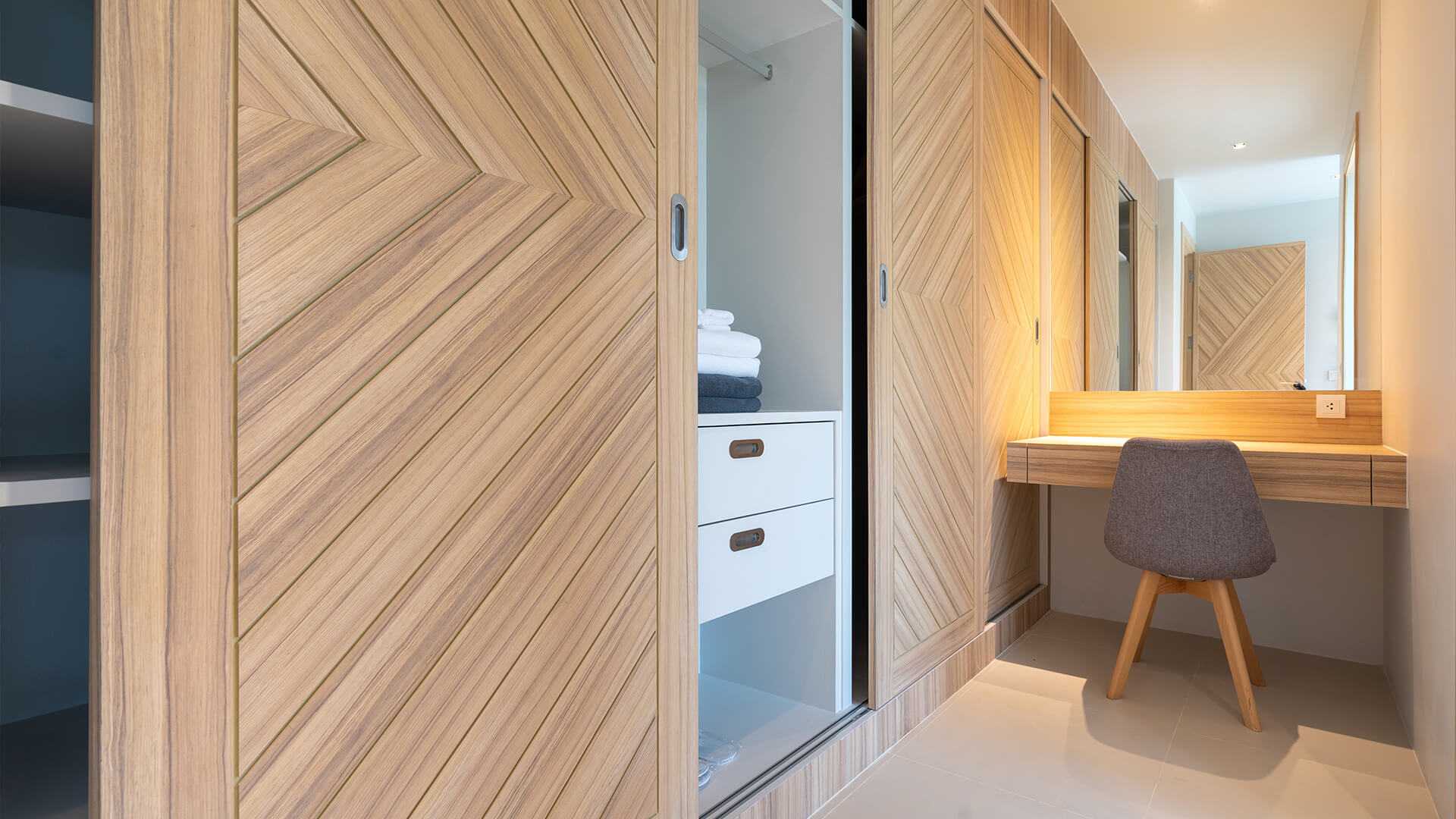
Built-ins are the savior of small homes. They don’t stick out into a room or take up space. Rather, they’re simply part of the wall, floor and furniture. Designers can even work built-in space into a kitchen with pull-out containers for wastebaskets or adding a pot storage unit above islands or on the wall.
These innovative solutions are compact and simple ways to save space and make a smaller home extremely livable. Expansive, open-concept kitchens may be enduringly popular, but smaller spaces can still capture buyers’ hearts with smart and creative solutions for home cooks.
4. Open Shelves
Built-in shelves are great because homeowners don’t have to rely on furniture — which takes up precious space — to store their things.
However, open shelving is a step above built-ins. For instance, clunky wall cabinets are common in kitchens. But open shelves allow more light to flow into the space, making it feel brighter and roomier. Homeowners can also use open shelves in unconventional ways, like placing plants on sunlight ledges or showing off colorful appliances.
5. Lots of Windows
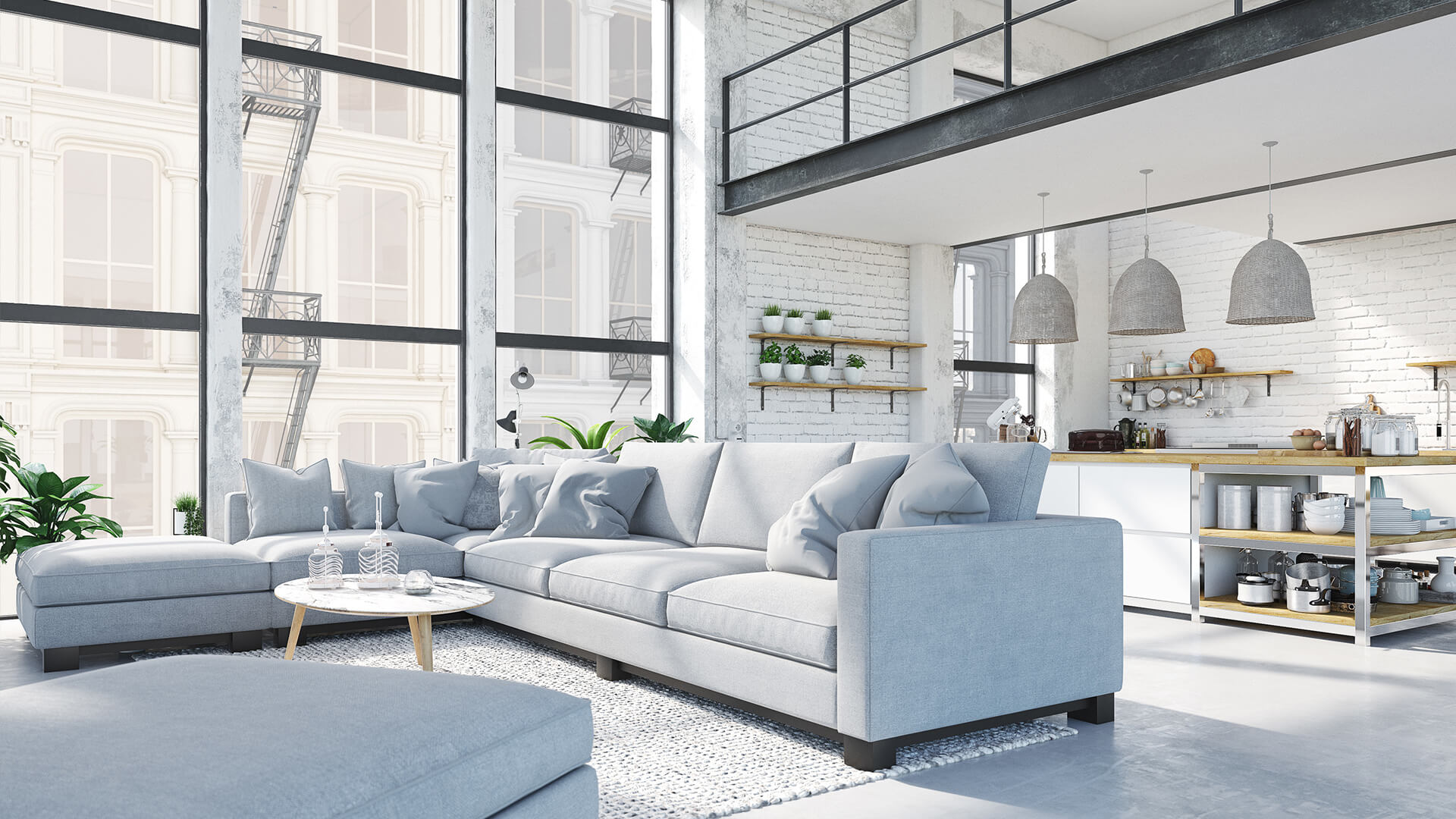
Another key to making the most of a small home plan is implementing windows — and lots of them. Installing windows throughout the space will bring natural light in, making it feel less like a box and more like a home.
Window placement is also important. Windows at the end of corridors, or corner windows and skylights, all increase visibility. And south-facing glass walls will passively absorb the sun’s rays and heat as it travels across the sky.
6. Multi-Purpose Rooms
Designers and builders can also make the most of small plans by including one room that can serve multiple purposes. For example, homeowners could use a loft as a bedroom, a study or a sitting room. And they could do the same with an extra guest room.
Incorporating this extra room into a floor plan is extremely attractive to small families or couples looking for a little extra space, even in the smallest of homes. This design choice offers flexibility, allowing for a variety of homeowners to see themselves in the space whenever the home hits the market.
7. Open Floor Plans
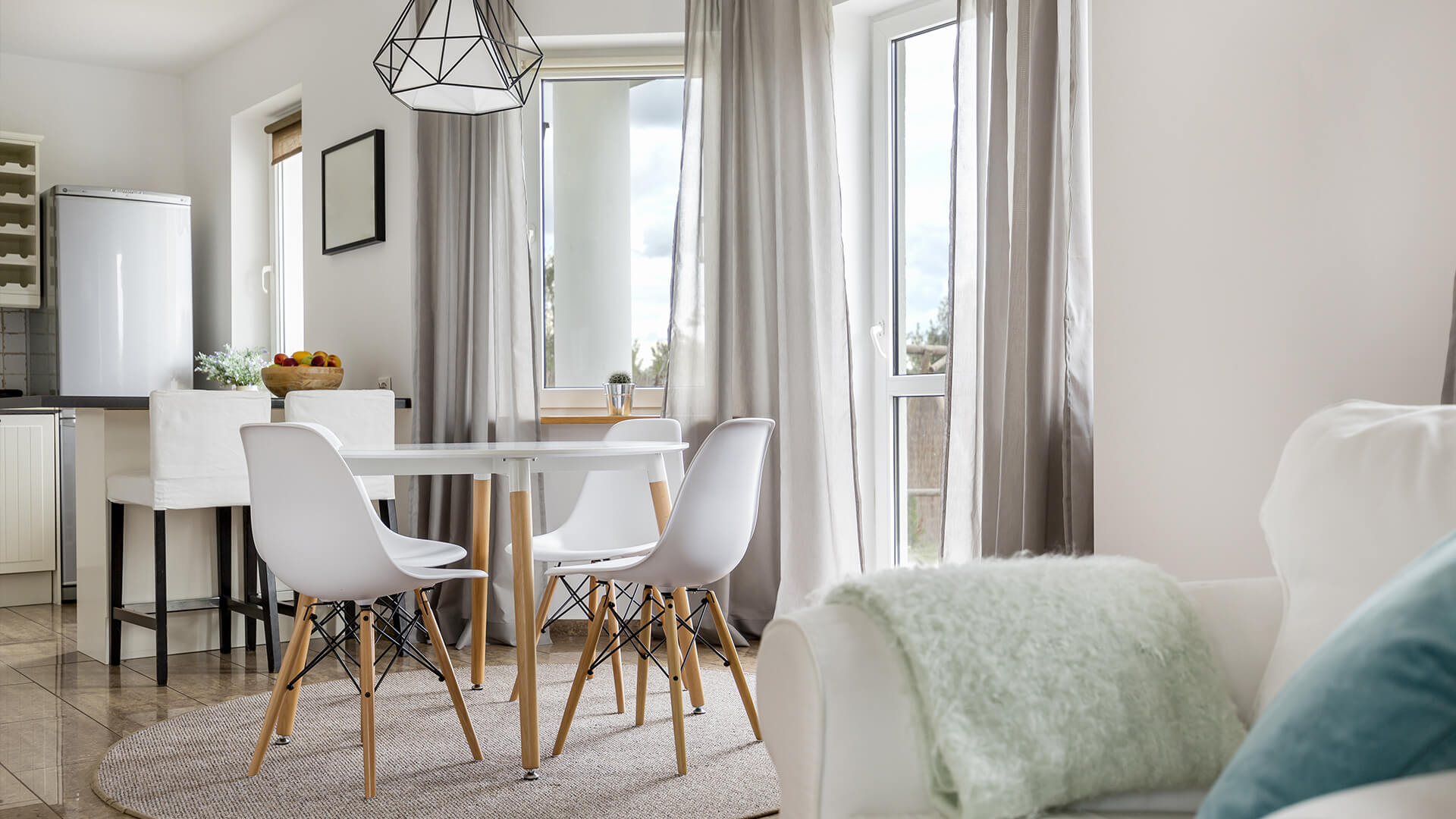
An open plan is a small homeowner’s best friend. While these home plans have been trending for years thanks to their popularity in magazines and home renovation programs, this isn’t without good reason.
With an open design, walls are unnecessary and living spaces ebb and flow together. Often, living rooms, dining rooms and kitchens are all nestled together sans walls. This layout makes the space feel airier and more livable.
Plus, there’s a financial incentive to keep a space open. Experts believe opening up a home’s layout can result in an ROI of 54% to 60%. Open floor plans are just smart business.
8. Bright and Bold Colors
Sometimes, though, all it takes for a room to feel larger is a fresh coat of paint on the walls. While white is the obvious choice for a lighter and brighter space, a myriad of other colors can also transform a small plan into a grand area.
For example, painting a room a dark color can add depth and camouflage the fact that it’s small. And wild colors like bright purple, orange or even green can give a room a bright pop of color without being overwhelming.
Neutrals will always be a solid rule of thumb for market-ready homes. Yet designers shouldn’t be afraid to add a touch of character. This can help a small home feel less like a box and more like a custom, livable option for new homeowners.
Visually Expanding a Smaller Home Plan
When it comes to small living spaces, every detail matters. From the paint on the walls to the type of shelves hanging in the kitchen, every color, piece of furniture and inch of space must be used wisely.
And if a builder or designer has an eye for the tiny, they’ll be able to maximize space in a way that makes it seem like enough to live in. With a bit of luck, a homebuyer will come along and make the space their new home.












